Essential Skills Every Aspiring Commercial Pilot Needs
Piloting is a profession that requires an unmatched passion for flying. If you are thinking of becoming a pilot, then a pilot course is just the right

As per a famous saying, dreams are not what you see when you sleep. Instead, dreams are the ones which don’t let you sleep. If you have dreamt of becoming a pilot since your childhood, then it is better to chase it before it is too late. Failing to do so, you will regret it for the rest of your life, seeing a plane in the air. When the time passes, the best you can do is think and say, ‘those were the days,’ and you will not be able to enjoy life to the fullest.
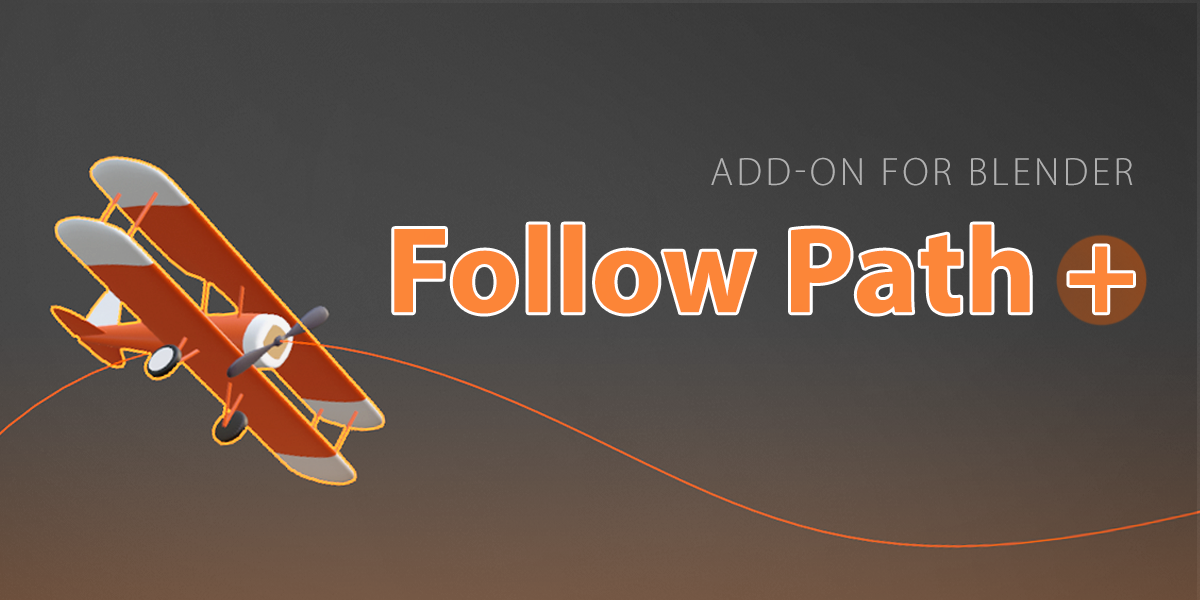
A dream turns into reality when it is backed by unwavering passion, focus on what you want to achieve, a lot of hard work and following the right path to achieve your dream.
If your dream was always to rule the sky as a pilot, then the passion to fly is there, you have to focus on what are the prerequisites for moving on the path of becoming a pilot, never shy away from hard work and last but not the least, get proper training and pass the commercial pilot exam to live your dream.
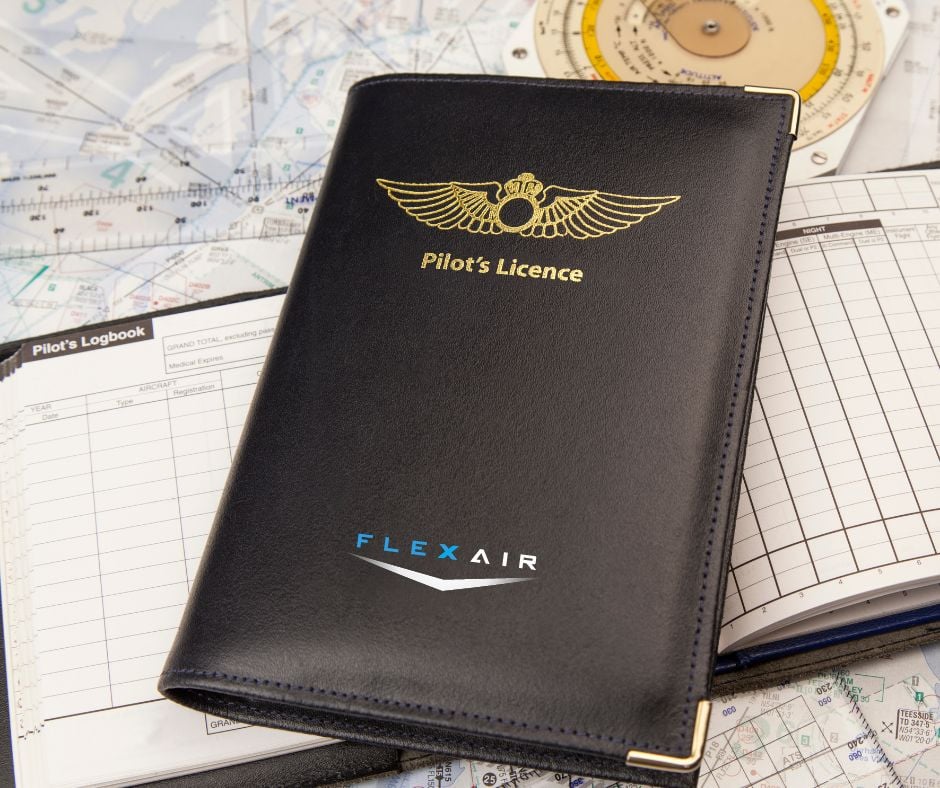
There are several prerequisites for becoming a pilot, and obtaining a pilot's license is the most important one. It is similar to a driving license, which is required to drive a bike, car, or any other vehicle. In the same way, a pilot license is needed to fly an airplane. It permits you to fly an aircraft under the law.
Various eligibility criteria need to be fulfilled for getting different pilot licenses under your belt. We will talk about different kinds of pilot licenses going forward in this blog.
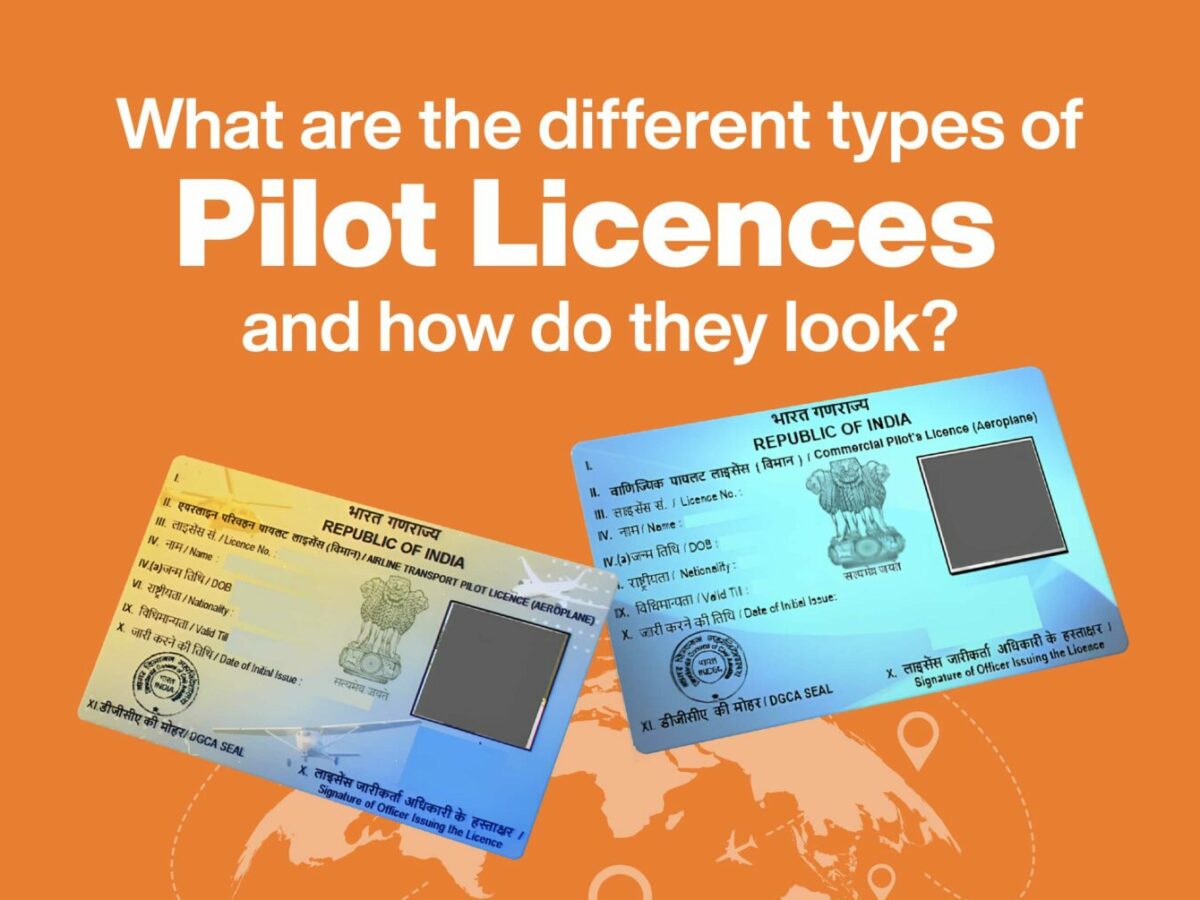
Now, we will discuss the several types of pilot licenses, their eligibility requirements, and the benefits associated with each. We will follow a chronological order.
Student Pilot’s License – It is the very first pilot license that an aspiring pilot can get his/ her hands on to start the journey as a pilot. The minimum age to apply is 16 years, and the minimum qualification is passing class 10th from a recognized board.
Private Pilot License - If one wants to learn piloting just for a hobby, then a PPL can do the job perfectly. To get a Private Pilot License, the student should pass three DGCA exams (PPLG, PPLT, and PPL Aircraft Specific) and log a minimum of 40 hours of flight time to apply for a private pilot license with the DGCA.
Commercial Pilot License - This is the license that most pilots aspire for, as this permits you to fly an aircraft commercially and step into a career as a commercial pilot. The minimum eligible age for an individual to become a commercial pilot is 18 years; they must have passed the 12th class in the science stream with a focus on Mathematics and Physics. As far as practical flight experience is concerned, there is a requirement for logging at least 200 hours of flying training and passing 5 DGCA Exams in the following subjects
Airline Transport Pilot License - This is the highest level of aircraft pilot license, required to fly as Pilot in Command of large aircraft. A person should be at least 21 years of age, have a commercial pilot license with a minimum of 1500 hours of flying experience and have passed the DGCA exams to get an ATPL.
Multi-Crew Pilot License- This license allows a person to act as a co-pilot in an aeroplane that is required to be operated with a co-pilot for commercial air transport. Different from a CPL, an MPL does not contain PPL privileges. Per se, an MPL holder is not entitled to fly recreationally.
Apart from all these pilot licenses, a Type Rating also plays an important role in the piloting career of a person. It is a special qualification which allows a pilot to fly a specific aircraft. A specific Type Rating is needed by different airlines to make sure that a pilot has the experience of flying a specific aircraft.
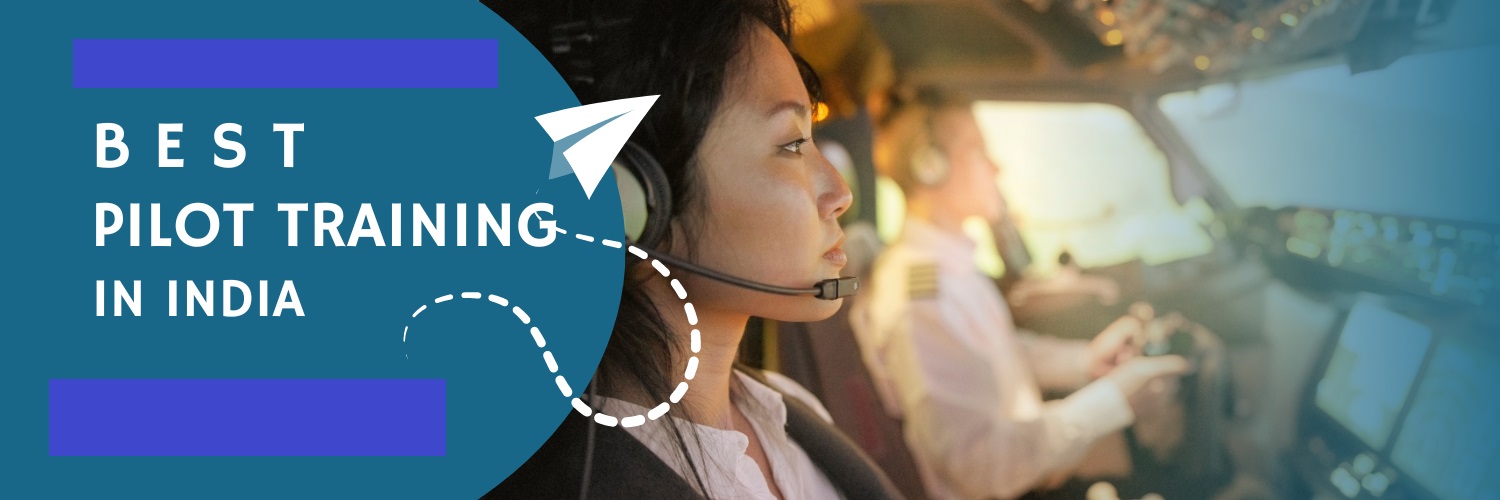
Piloting is a technical career, and like most technical careers, training is essential for becoming a pilot. When you are flying an aircraft, you are responsible for the safety of a lot of people, so it is essential to make sure that you have all the qualifications and qualities to propel the aircraft with consummate ease and efficiency.
The thing that helps you muster all these qualities is the pilot training. A pilot training program includes ground school training, which covers theoretical knowledge about all aspects of flying an aircraft and various related subjects. First and foremost, it is essential to align with all the theoretical knowledge related to the dynamics of piloting, including Air Regulation, Air Navigation, Aviation Meteorology, Technical General, Radio Telephony, and more.
Once the theory part is completed, it's now time for the real deal: completing the required flying hours. As mentioned earlier, the flying hour requirement is different for different types of pilot licenses, so there is a need to complete the hours needed to get your preferred pilot license.

DGCA, or the Director General of Civil Aviation, is the regulatory body of aviation in India. This lays down all the rules and regulations for controlling activities related to commercial and recreational flying. The DGCA should recognise a pilot training school to ensure that it strictly adheres to the syllabus and standards prescribed by the governing body. So, to ensure that you get the right theoretical and practical training, one should always choose a DGCA-approved flight training institute.
To get the list of all the DGCA-approved flight schools in India, you can check out the official website of the DGCA.
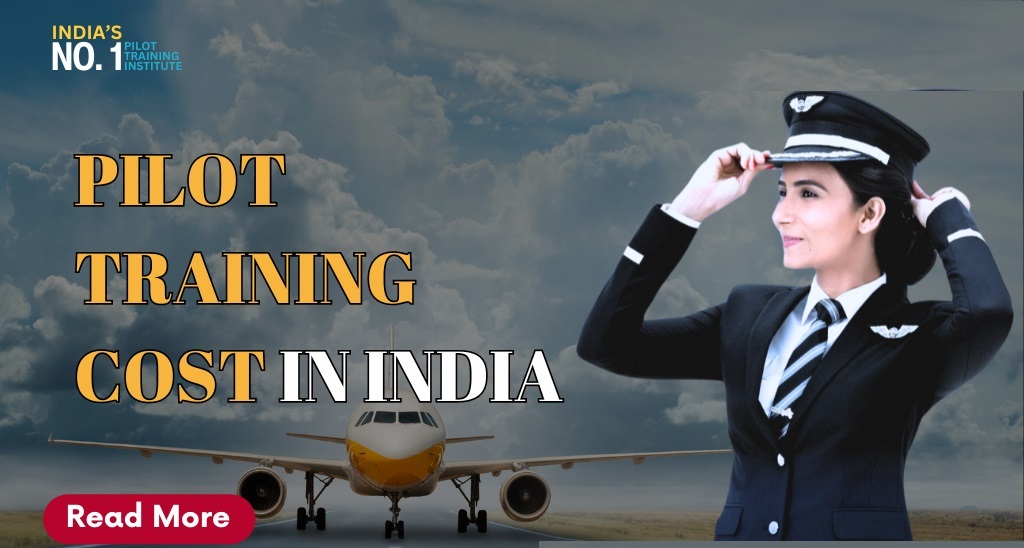
Becoming a pilot is indeed a costly affair in India. Apart from considering all other factors, you should also take the budget into account. Today, to become a pilot in India, one needs to invest anywhere from ₹50 Lakhs to ₹1 Crore. The cost may vary depending on the type of license one wishes to obtain.
To address the budget factor, various financial institutions offer educational loans for the pilot training program, including scholarship Government, Private and Armed Forces scholarship schemes and Cadet programs that support individuals in realizing their dream of becoming a pilot. So, if you want to be a pilot, there are ways in which you can resolve the issue of monetary constraints.
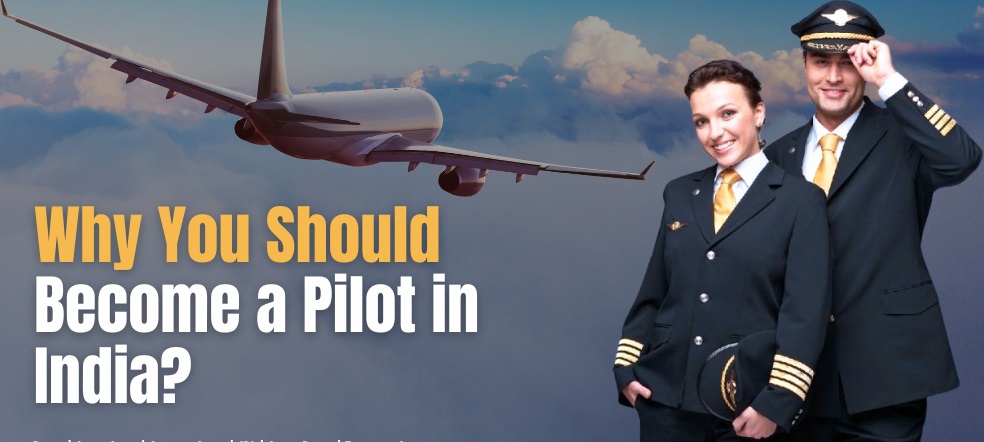
Upon getting a pilot license after all the hard work and dedication, now is the time to take to the sky, experience the thrill and also make a good amount of money. There are various pilot careers that a pilot can take up. You may become a private pilot, charter pilot, commercial pilot or even an airline captain. A person with a pilot license should search for their first job as a pilot. For that, there is aneed to go through acommercial pilot interview with a reputable airline.
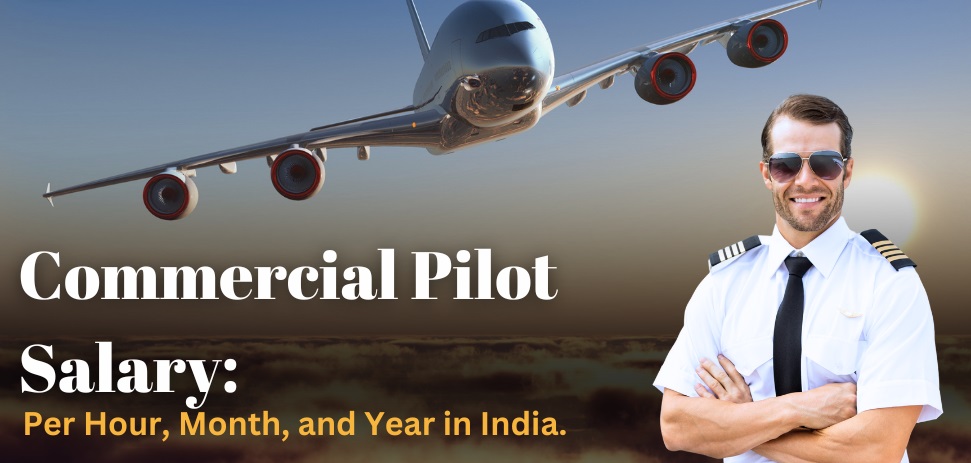
Piloting, just as most fields around the world, is now a gender-neutral field. Now, seeing women in aviation is not a surprise anymore. Captain Zoya Agarwal, along with many others, is a prime example of a woman surveying the heights and living their dream of becoming a pilot. The remuneration associated with the job of a pilot is a prime reason, along with the love and passion for flying.
Here are the estimated pilot salaries at various levels in India, along with the factors that affect pilot' salaries.
Entry-Level Pilots
Mid-Career Pilots
Experienced Pilots
Salary Comparison by Airline Type
|
Airline Type |
Entry-Level Salary (Annual) |
Senior Pilot Salary (Annual) |
|
Full-service Carriers |
10-15 Lakh INR |
1cr -2cr INR |
|
Low-Cost Carriers |
7-20 Lakh INR |
30+ Lakh INR |
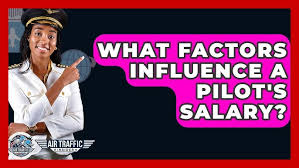
Experience: Experienced pilots earn considerably higher salaries.
Aircraft Type: Pilots operating larger, more complex aircraft get higher pay.
Airline Reputation: Additionally, established airlines typically offer better salaries compared to budget carriers.
Location: Salary can vary as per the cost of living in different regions.
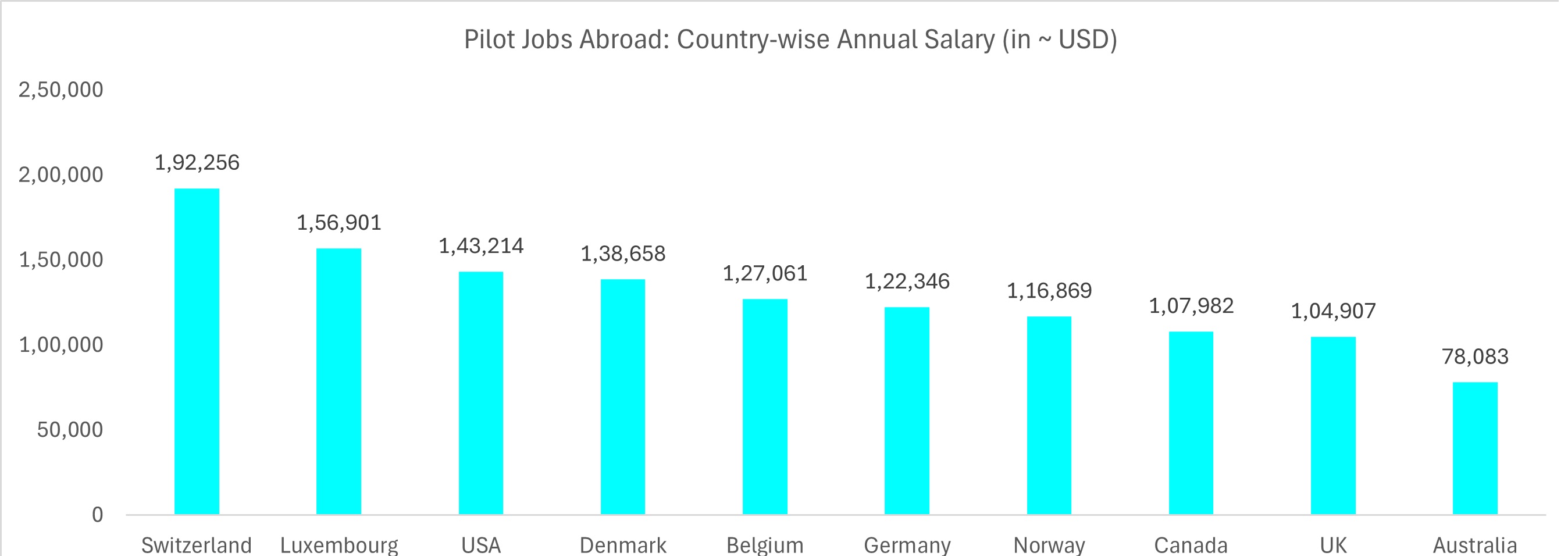
The salaries of pilots in India vary across different airlines. Here’s an overview of pilot salaries from different airlines in India:
|
Airline |
Average Starting Salary (INR) |
Average Senior Salary (INR) |
|
Air India |
30 LPA |
60-80 LPA |
|
IndiGo |
30 LPA |
60-90 LPA |
|
Spice Jet |
8-10 LPA |
38-52 LPA |
|
Vistara |
20 LPA |
40-74 LPA |
|
Akasa Air |
8-12 LPA |
40-55 LPA |
If you aspire to become a pilot and achieve your dreams, it is crucial to enroll in a reputable flight training school, such as Flapone Aviation. Here, you will get all the latest facilities and the best instructors. Both of these combined will help you gain a memorable experience and prepare for the challenges of being a pilot. So, what are you waiting for? Join us now to fly high in the sky of limitless opportunities.
Connect with our aviation mentors to find the right path toward becoming a licensed aircraft pilot.